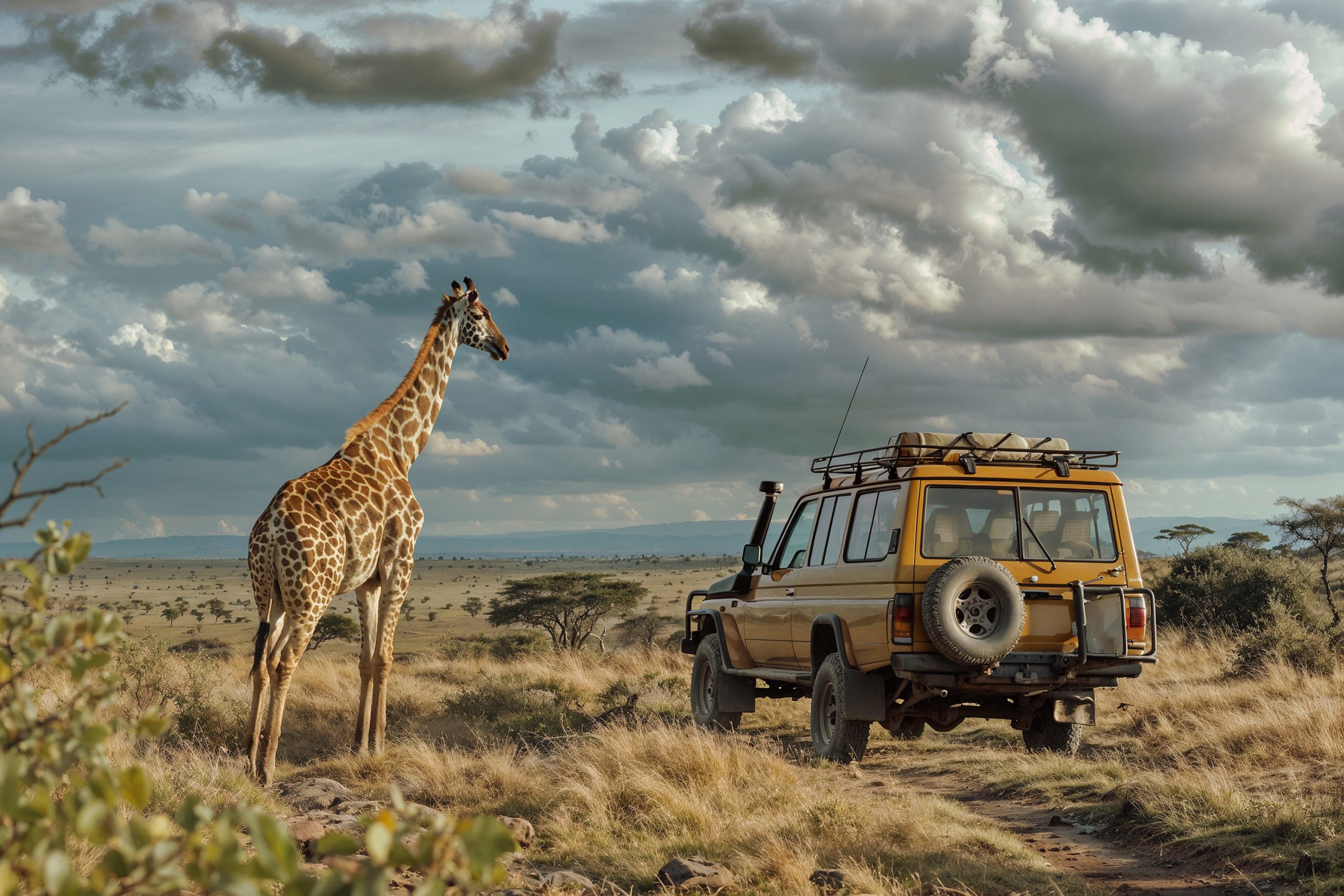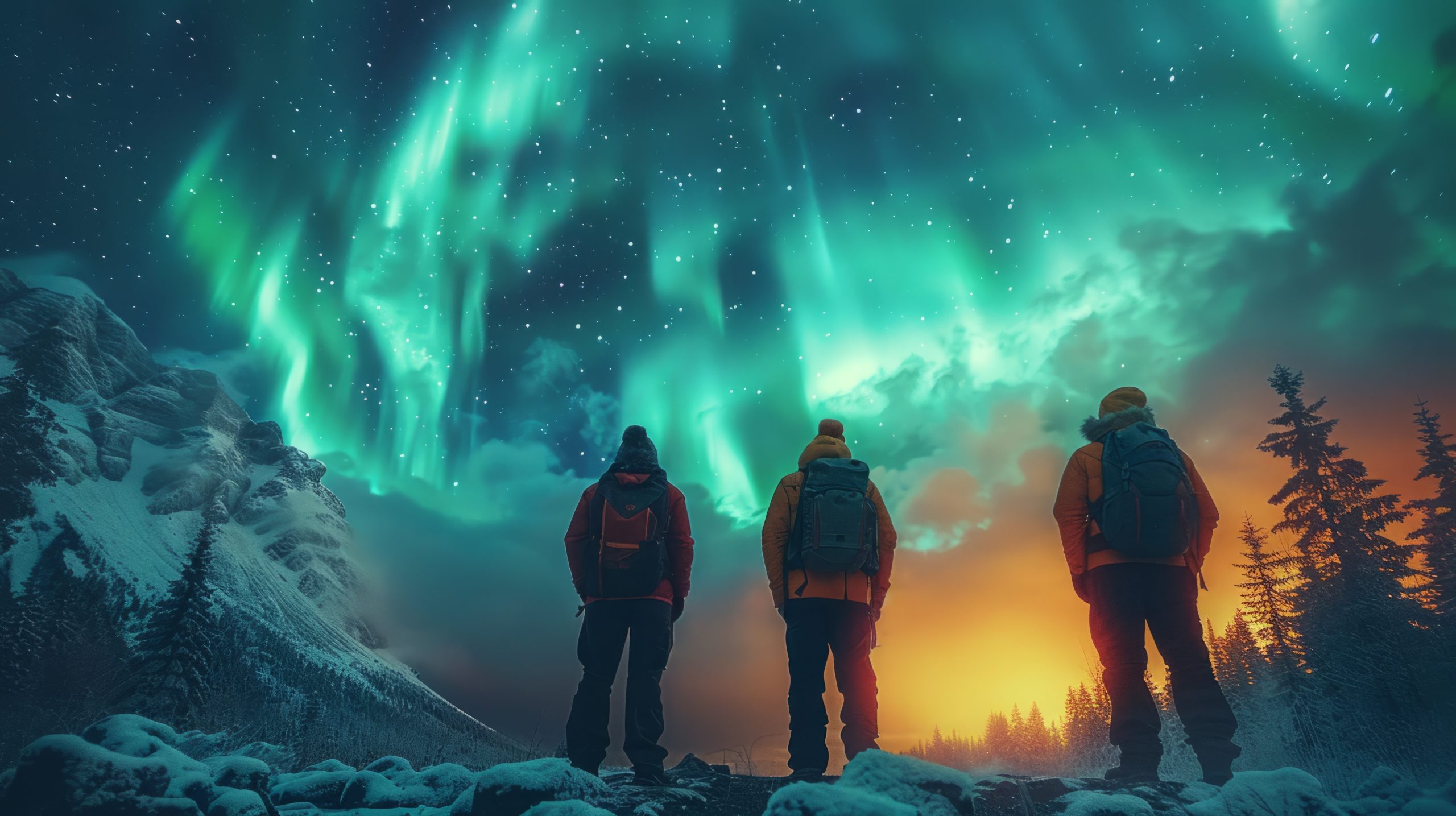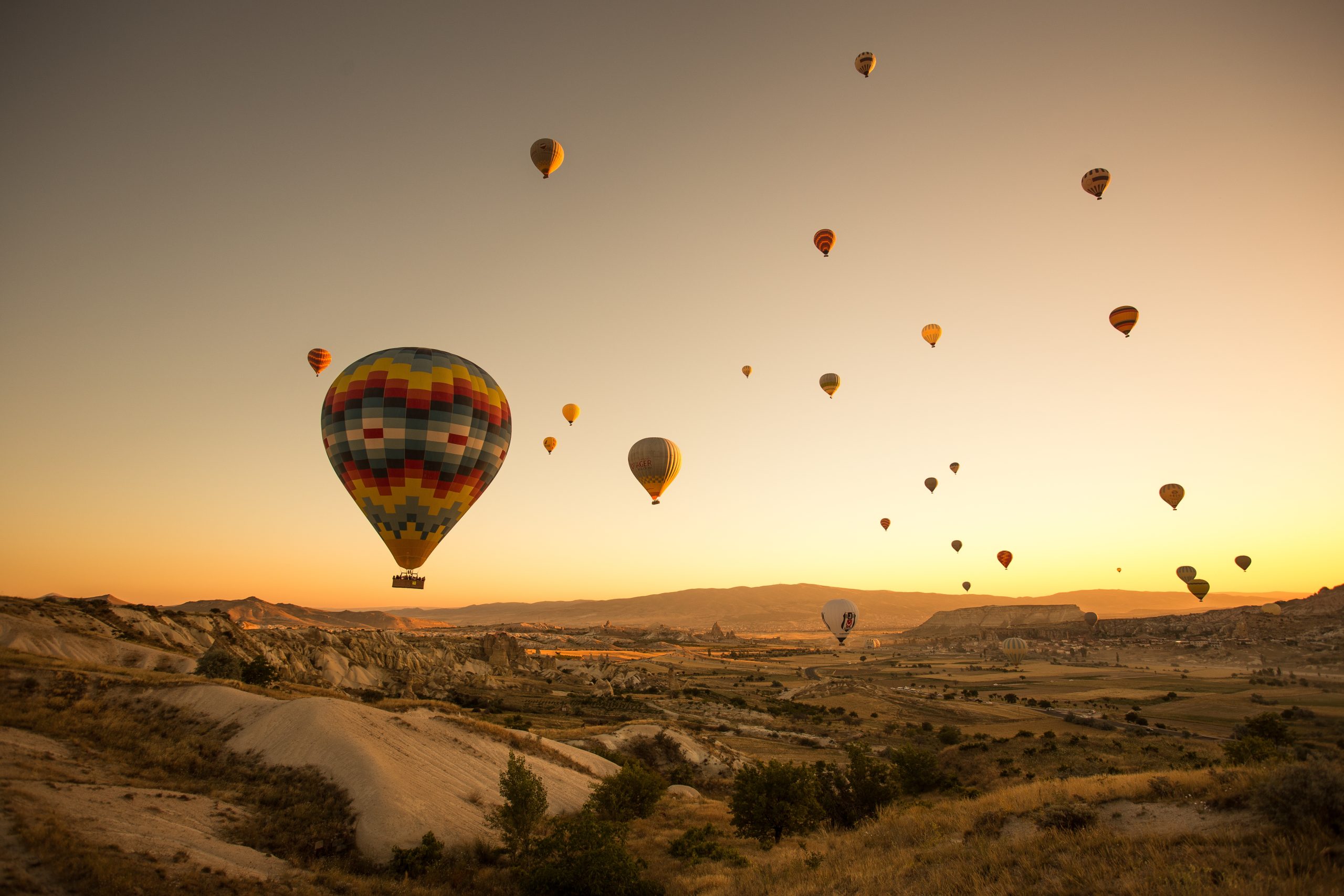There are few places on Earth where nature’s raw, untamed beauty is as vividly alive as the Serengeti National Park in Tanzania. Stretching over 14,750 square kilometers of sun-kissed savannahs, rolling hills, and golden grasslands, this iconic destination is one of the most celebrated wildlife reserves in the world. The Serengeti is a stage where the drama of life unfolds every day—an intricate dance of predator and prey, survival and struggle, all set against the backdrop of breathtaking landscapes.
For travelers seeking an unparalleled connection with nature, a Serengeti safari is a transformative experience. It’s a place where you can witness the grandeur of the animal kingdom, immerse yourself in the rhythm of the wild, and feel the pulse of Africa’s soul.
The Great Migration: Nature’s Greatest Spectacle
The Serengeti is synonymous with the Great Migration, often referred to as “The Greatest Show on Earth.” This annual journey of over 2 million wildebeest, zebras, and gazelles is one of the most extraordinary natural events on the planet. These animals travel hundreds of miles in search of fresh grazing lands, navigating rivers teeming with crocodiles and grasslands stalked by lions.
The sight of thousands of wildebeest galloping across the open plains, their hooves pounding the earth in unison, is an awe-inspiring spectacle. The Mara River crossing, in particular, is the highlight of the migration. Here, herds risk everything to traverse treacherous waters, while predators lie in wait for their chance to strike.
Timing your visit to coincide with the migration can be tricky, as the animals follow nature’s unpredictable rhythms. However, the event typically begins in the southern Serengeti from December to March, moves northward in the following months, and culminates with the dramatic river crossings between July and October.
The Big Five and Beyond
While the Great Migration is a centerpiece of the Serengeti experience, the park offers so much more. It is home to the legendary Big Five—lion, leopard, elephant, buffalo, and rhino. Spotting these iconic animals in their natural habitat is a thrill that never fades.
In addition to the Big Five, the Serengeti boasts an astonishing diversity of wildlife. Cheetahs streak across the plains in pursuit of prey, while giraffes amble gracefully through acacia woodlands. Massive herds of elephants roam the savannah, and hyenas cackle in the distance. Over 500 bird species, including colorful lilac-breasted rollers and imposing secretary birds, add a vibrant splash of color to the landscape.
For those with a keen eye and a sense of curiosity, the Serengeti reveals endless wonders—from dung beetles rolling their tiny treasures to towering termite mounds that punctuate the horizon.
A Photographer’s Paradise
For photographers, both amateur and professional, the Serengeti offers a dream canvas. The soft, golden light of sunrise bathes the savannah in warmth, while dramatic sunsets paint the sky in fiery hues. Every moment in the Serengeti is a picture waiting to happen—from a lioness prowling through the grass to a baby elephant playfully splashing in a waterhole.
The ever-changing skies, endless horizons, and the sheer abundance of wildlife create an environment where creativity thrives. Whether you’re capturing the action of a lion hunt or the serenity of a giraffe silhouetted against a pastel sky, the Serengeti is a place where stories unfold in every frame.
Unique Safari Experiences
A visit to the Serengeti is not just about game drives—it’s about immersing yourself in an ecosystem that has remained unchanged for centuries. Here are some unique ways to experience the Serengeti:
- Hot Air Balloon Safari
Floating above the Serengeti at dawn is an unforgettable experience. From the basket of a hot air balloon, you’ll see the vast plains stretch endlessly below you, dotted with herds of animals. The gentle hum of the balloon contrasts with the serenity of the landscape, and the perspective from above is nothing short of magical. - Walking Safari
For a more intimate connection with nature, consider a guided walking safari. Accompanied by an experienced ranger, you’ll step into the wild on foot, discovering the smaller details of the Serengeti—animal tracks, unique plants, and hidden watering holes. It’s a humbling experience that reminds you of your place in the natural world. - Night Game Drives
The Serengeti comes alive after dark, and a night game drive offers a glimpse into this hidden world. With a spotlight to guide your way, you’ll encounter nocturnal creatures like leopards on the hunt, bush babies leaping through the trees, and owls gliding silently across the sky.
Cultural Encounters with the Maasai
A Serengeti safari is not just about the wildlife—it’s also an opportunity to learn about the people who have lived in harmony with this land for generations. The Maasai, a semi-nomadic tribe, are an integral part of the Serengeti’s identity.
Visiting a Maasai village allows you to gain insight into their rich culture and traditions. From their distinctive beadwork and clothing to their age-old rituals and dances, the Maasai offer a window into a way of life that is deeply connected to the natural world. Listening to their stories and witnessing their customs adds a human dimension to your Serengeti adventure.
Accommodations: From Luxury to Rustic
The Serengeti caters to a range of travel styles, with accommodations that blend comfort with a sense of adventure.
- Luxury Lodges: For those seeking indulgence, luxury lodges like Four Seasons Safari Lodge or Singita Serengeti offer plush accommodations, gourmet dining, and infinity pools overlooking the savannah.
- Tented Camps: For a more authentic experience, opt for a tented camp such as Serengeti Migration Camp or Nomad Serengeti Safari Camp. These camps provide modern comforts while keeping you close to nature, with the sounds of the wild as your nightly soundtrack.
- Budget-Friendly Options: There are also budget-friendly lodges and public campsites that offer a more stripped-back experience for the adventurous traveler.
When to Visit and What to Expect
The Serengeti’s beauty changes with the seasons, making it a year-round destination.
- December to March: The southern plains are lush and green, and it’s calving season for wildebeest, attracting predators in search of easy prey.
- April to June: The rains transform the landscape, and the migration begins its journey northward. This is a quieter time with fewer crowds.
- July to October: The northern Serengeti is the stage for the dramatic Mara River crossings, a highlight of the migration.
- November: The migration returns to the south, and the landscape begins to dry out.
No matter when you visit, expect warm days and cool nights. Pack lightweight clothing, a hat, sunscreen, and a good pair of binoculars for game spotting.
A Journey to Remember
The Serengeti is not just a destination—it’s an experience that stays with you long after you’ve left. It’s the sound of lions roaring in the distance, the sight of endless herds moving across the plains, and the feeling of being part of something ancient and eternal.
For those who long for adventure, wonder, and a profound connection with the natural world, the Serengeti awaits. So take that leap, venture into the wild, and let the magic of this African gem leave an indelible mark on your heart.


